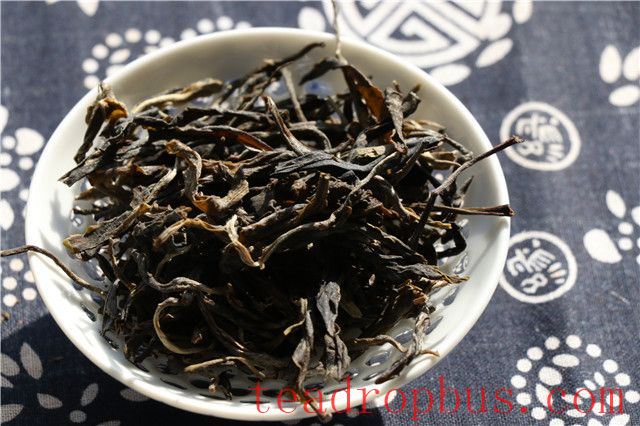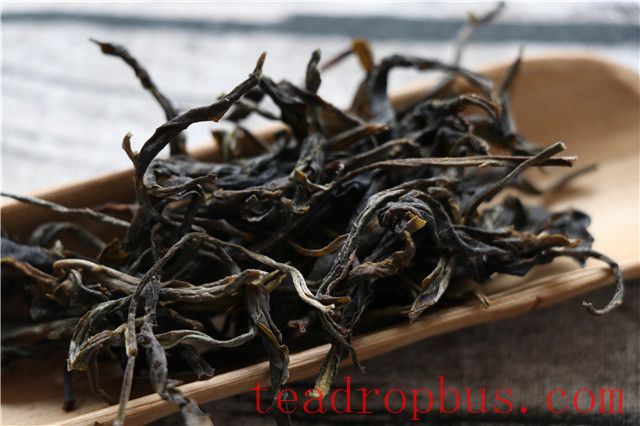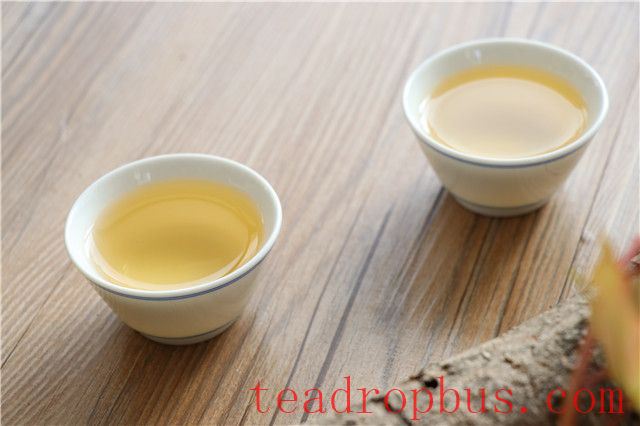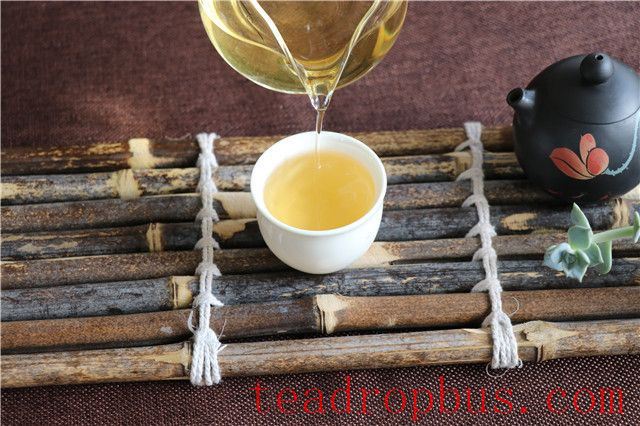September is the season when autumn teas are gradually hitting the market. As the name suggests, Autumn Tea is produced in the fall, also known as “Valley Flower tea.” Due to their different harvesting times, Pu'er teas can be categorized into spring, summer, and autumn teas, with Spring Tea being the best and autumn Tea coming second. So, what are the differences between spring and autumn Pu'er teas? Let's delve into the specifics.

How to Distinguish Between Spring and Autumn Pu'er Teas?
1. Different Harvesting Times
Spring tea is typically harvested from March to May, while autumn tea is generally harvested from August to October.
2. Differences in Internal Substances
The spring season has moderate temperatures and abundant rainfall. Additionally, after a winter of rest, the tea plants have a longer growth cycle and store many nutrients. During this time, the buds and leaves are rich in amino acids and vitamins, among other internal substances.
In the autumn, the climate is relatively mild, the skies are clear, and there is plenty of sunlight. The tea leaves contain less water due to the dry conditions, and since the tea plants have gone through two seasons of growth and harvest (spring and summer), the accumulation of internal substances in the buds and leaves begins to weaken.

3. Different Appearances
When looking at dried tea, spring tea has shorter, plumper, and thicker buds and leaves with more downy hair, while autumn tea tends to be longer and thinner, with a deeper color compared to spring tea from the same region. Its tea stalks are particularly long, due to the rapid growth during the rainy summer season, which results in longer stalks and wider spacing between the leaves.
4. Differences in Aroma
From an aroma perspective, spring tea has a rich and fresh scent, often characterized by tender, downy, floral, or fruity fragrances, and it is very fragrant and lasting. For example, the dry leaf aroma, the lingering cup aroma, and the aroma within the tea liquor are all expressions of its fragrance. In contrast, the aroma of autumn tea is higher and more pronounced than that of spring tea, making it more intense.

5. Differences in Taste
In terms of taste, spring tea has a stronger bitterness and astringency. This is due to the rich internal substances mentioned earlier, making the tea liquor fuller and richer, with a strong sense of layers. The aftertaste and the production of saliva are swift and enduring, and the tea's energy is more pronounced.
Autumn tea, on the other hand, is milder in taste, lacking the complexity found in spring tea. It doesn't have significant fluctuations in flavor, but because autumn tea contains lower levels of polyphenols, it is not as bitter or astringent as spring tea, instead having a sweeter taste and excellent mouthfeel.
6. Differences in Leaf Bottom
After Steeping, the leaf bottom of spring tea appears very green, with plump buds and leaves that are quite resilient, and the spacing between the leaves is small. In contrast, the leaf bottom of autumn tea is soft and copper-green, with large spacing between the leaves and slender stalks.

Spring and autumn Pu'er teas each have their own charm. Each tea has its unique characteristics, especially when considering the seasons. Today, I've provided detailed guidance on distinguishing between spring and autumn teas primarily to help tea enthusiasts avoid taking detours and spending money unnecessarily when enjoying Pu'er tea!